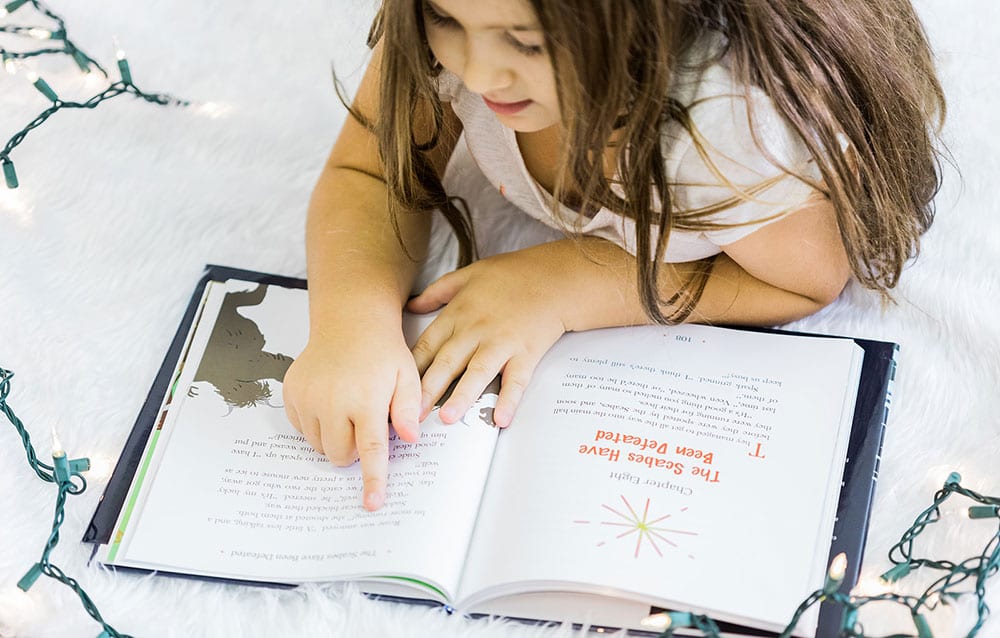Blending multilevel sensory experiences with education can actually improve learning for most kids.
Multilevel Sensory Learning Experiences
There are four different sensory levels that can be stimulated in order to improve education. These include sight, sound, touch, and body movement. Each of these senses stimulates different areas of reasoning in the brain, which provide more concentration and a heightened ability for information to be absorbed.
Multiple research studies — including those done by the National Institute of Child Health and Human Development, National Center for Biotechnology Institute, and the Center for Literacy & Disability Studies at University of North Carolina — show results where multilevel sensory experiences improved educational performance among all students.
Specifically, these studies showed large improvements in students who have learning difficulties in subjects such as reading, math, writing, and speech.
Finding materials that have multiple options for sensory stimulation are critical elements to multilevel stimulation. For example, my book A Little Spark allows students to develop literacy skills while also teaching life lessons such as believing in yourself, how to care for friends, understanding situations, and treating people fairly. The addition of the musical soundtrack and audiobook adds to the overall experience for kids while reinforcing the learning process.
How It Works

At a young age, stimulation of the whole brain and multilevel sensory experiences allow children to make associations between letters, words, and sounds faster. This is why it’s critical for your child to read aloud when in the beginning stages of education. Multilevel sensory experiences do not stop and start with reading, though.
Dr. Howard Gardner states* that there are eight intelligences that multilevel sensory experiences can help children learn in an educational setting. These include the ability to organize thoughts and feelings, and the ability to understand pitch and rhythm. By tapping into these intelligences, it exposes students to deeper learning practices, which can then relate to more effective studying and longer information retention.
This is beneficial when taking into account long summers between the school years where students can forget information and fall behind as they move up in the education system. And, during the COVID-19 pandemic, it’s become even more of a challenge for students across the globe.
Multilevel sensory experiences also improve educational confidence in students. Most students are aware that they are not comprehending information but may not know why. It’s important to inform students that people learn differently and there’s nothing wrong with them if they are struggling.
With these multilevel sensory lessons, since there are different elements of stimulation and learning, students don’t feel like they are falling behind or embarrassed to ask for help because they learn differently. Overall, this educational method is extremely inclusive, which builds confidence in the student and learning environment.
If your student or child is struggling, incorporating multilevel sensory experiences with their education practice may be a viable option to improve their comprehension of materials. If this option is not available in the classroom, parents can develop their own multilevel activities or study techniques to incorporate into homework time after school. It may be as simple as including an audio element or related video. Give your students their best chance and utilize this proven educational tool to bring them to their full potential.
Sensory Learning Experiences — Sources
*Gardner, H., and Hatch, T. Educational Implications of the Theory of Multiple Intelligences. Educational Reader, 8(8), November 1989, pp. 4-10.
UNC Chapel Hill
National Institutes of Health
Source: How Multilevel Sensory Experience Enhances the Learning Process – Parentology













